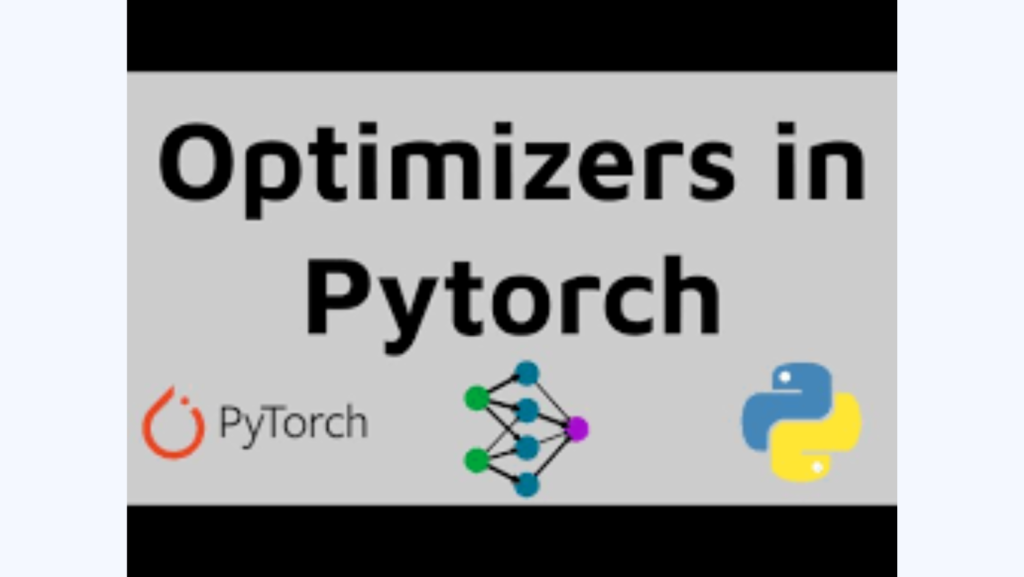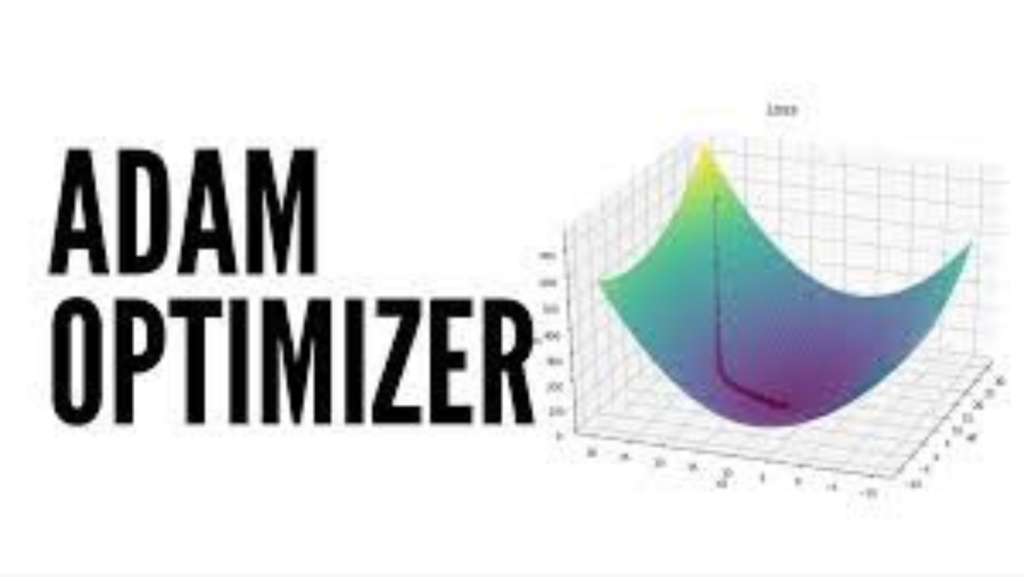
Optimizers are essential in training machine learning models. In PyTorch, they adjust model parameters to reduce the loss function, driving the learning process. Choosing the right optimizer and configuring it properly can have a significant impact on model performance.
This guide explains the key concepts of PyTorch optimizers, their types, and how to use them effectively in your training workflows.
What Are PyTorch Optimizers?
PyTorch optimizers are part of the torch.optim module. They are responsible for updating model parameters based on computed gradients during training. The goal is to minimize the loss function, ensuring the model makes better predictions over time.
Steps to Use PyTorch Optimizers
- Define Your Model: Create a model using PyTorch’s
nnmodule. - Select a Loss Function: Choose a loss function to evaluate the model’s performance.
- Initialize the Optimizer: Pass the model parameters and configure hyperparameters like learning rate.
- Training Workflow:
- Compute predictions using a forward pass.
- Calculate the loss value.
- Perform backpropagation to compute gradients with
loss.backward(). - Update parameters using
optimizer.step(). - Clear gradients with
optimizer.zero_grad().
Types of PyTorch Optimizers
1. Stochastic Gradient Descent (SGD)
SGD is one of the simplest optimization methods. It updates parameters using the gradient of the loss function. Momentum can be added to improve convergence and reduce oscillations.
optimizer = torch.optim.SGD(model.parameters(), lr=0.01, momentum=0.9)
- Learning Rate (
lr): Determines the step size for updates. - Momentum: Combines gradients over iterations to speed up training.
Best for:
- Simple models.
- Fine-tuning tasks with smaller datasets.
2. Adam (Adaptive Moment Estimation)

Adam is an adaptive optimizer that combines the benefits of Momentum and RMSprop. It dynamically adjusts learning rates for each parameter based on gradient history.
optimizer = torch.optim.Adam(model.parameters(), lr=0.001, betas=(0.9, 0.999))
- Betas: Control the averaging of past gradients.
- Learning Rate: Default is 0.001, but it can be customized.
Best for:
- General-purpose tasks.
- Training deep networks on large datasets.
3. RMSprop
RMSprop adjusts learning rates for parameters based on a moving average of gradient squares. This helps stabilize parameter updates in non-stationary objectives.
optimizer = torch.optim.RMSprop(model.parameters(), lr=0.01)
Best for:
- Recurrent Neural Networks (RNNs).
- Models with unstable loss functions.
4. Adagrad
Adagrad adapts learning rates for each parameter based on their update frequency. It allows for larger updates to parameters with lower activity.
optimizer = torch.optim.Adagrad(model.parameters(), lr=0.01)
Best for:
- Sparse datasets.
- Applications in text or language models.
5. AdamW
AdamW is a modification of Adam that decouples weight decay (used for regularization) from the gradient-based updates.
optimizer = torch.optim.AdamW(model.parameters(), lr=0.001, weight_decay=0.01)
Best for:
- Models where regularization is crucial.
- Transformer-based architectures and NLP tasks.
Example Training Loop python Copy code
import torch
import torch.nn as nn
# Define the model
model = nn.Sequential(nn.Linear(10, 5), nn.ReLU(), nn.Linear(5, 1))
# Loss function and optimizer
loss_function = nn.MSELoss()
optimizer = torch.optim.Adam(model.parameters(), lr=0.01)
# Training loop
for epoch in range(100):
optimizer.zero_grad() # Clear previous gradients
inputs = torch.randn(5, 10)
targets = torch.randn(5, 1)
# Forward pass
outputs = model(inputs)
loss = loss_function(outputs, targets)
# Backward pass and parameter update
loss.backward()
optimizer.step()
print(f”Epoch {epoch + 1}, Loss: {loss.item():.4f}”)
Key Factors in Choosing an Optimizer
Model Complexity:
- For simple models, SGD is often sufficient.
- For more complex models, adaptive optimizers like Adam are recommended.
Data Characteristics:
- Sparse data benefits from Adagrad.
- RMSprop is effective for sequence data in RNNs.
Regularization Needs:
- Use AdamW for weight decay to prevent overfitting.
- SGD with weight decay is another option.
Learning Rate Sensitivity:
- Adam and RMSprop handle learning rate variations well.
- For SGD, learning rate tuning is critical.
Best Practices for Optimizer Configuration
- Experiment with Learning Rates: Small adjustments can significantly impact training outcomes.
- Batch Size Considerations: Smaller batch sizes often require lower learning rates.
- Warm-Up Learning Rates: Gradually increase learning rates at the beginning of training for smoother updates.
- Monitor Loss Trends: Ensure that the loss function decreases steadily.
PyTorch offers a variety of optimizers tailored to different types of models, datasets, and training requirements. Choosing the right optimizer involves understanding the trade-offs between simplicity, adaptability, and computational efficiency. Experimentation and careful monitoring during training can help you identify the best configuration for your task.
By mastering PyTorch optimizers, you can effectively train machine learning models, achieving faster convergence and better result